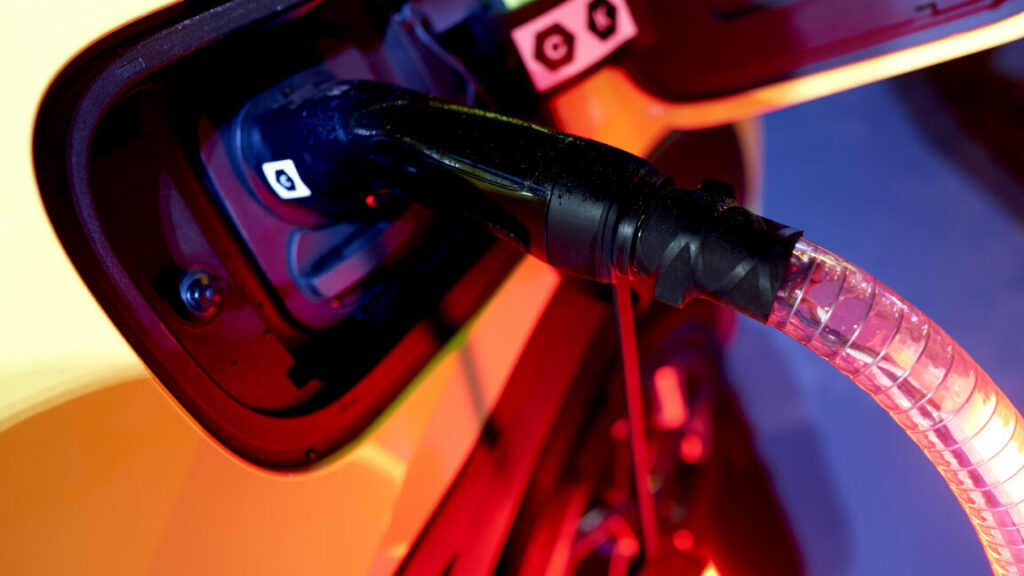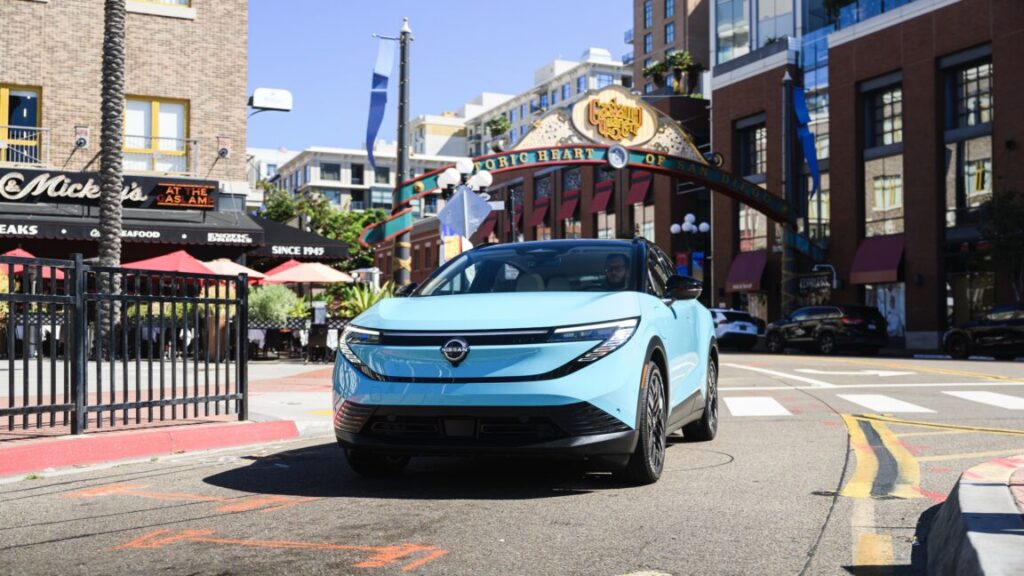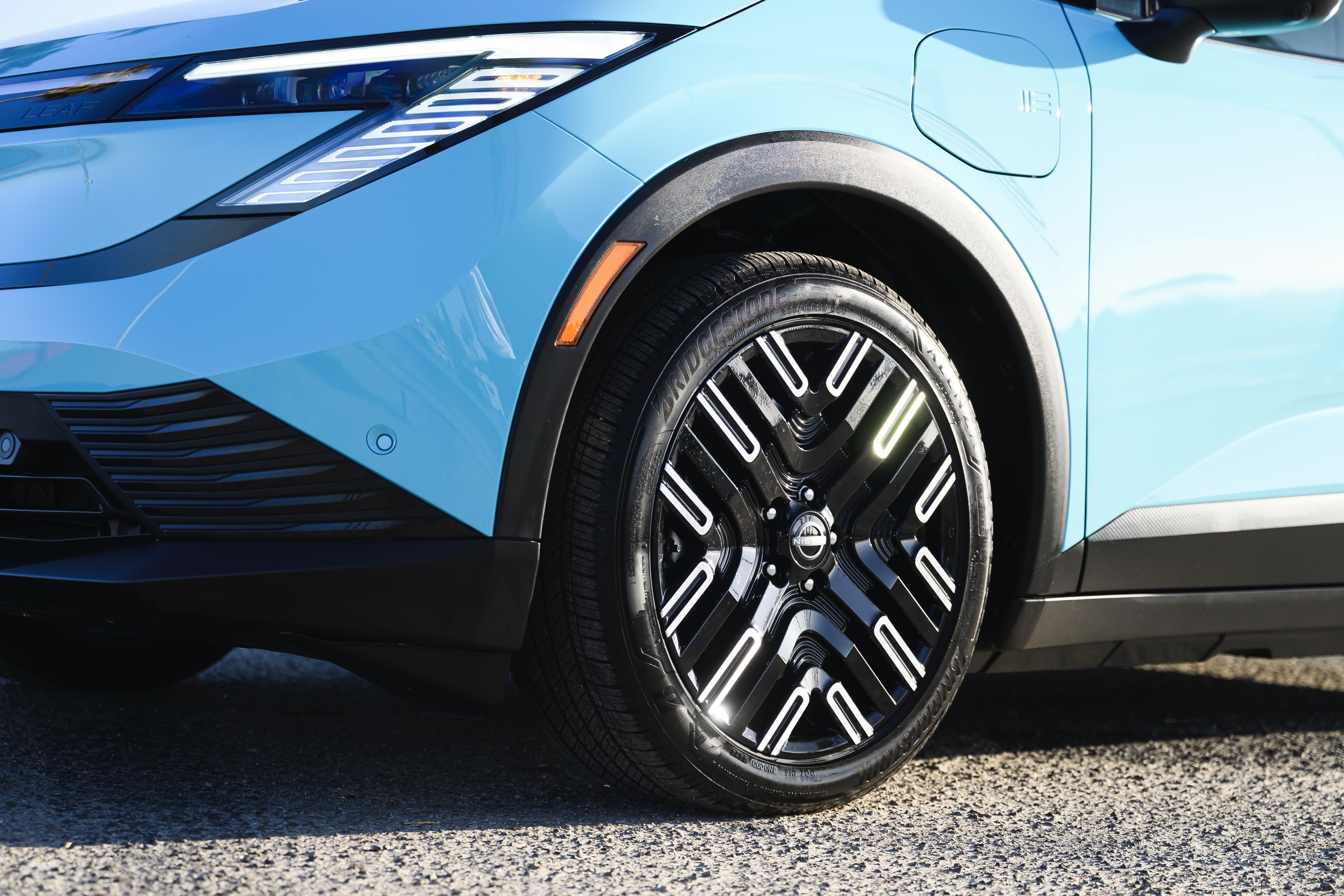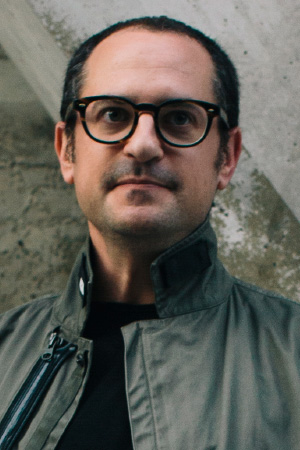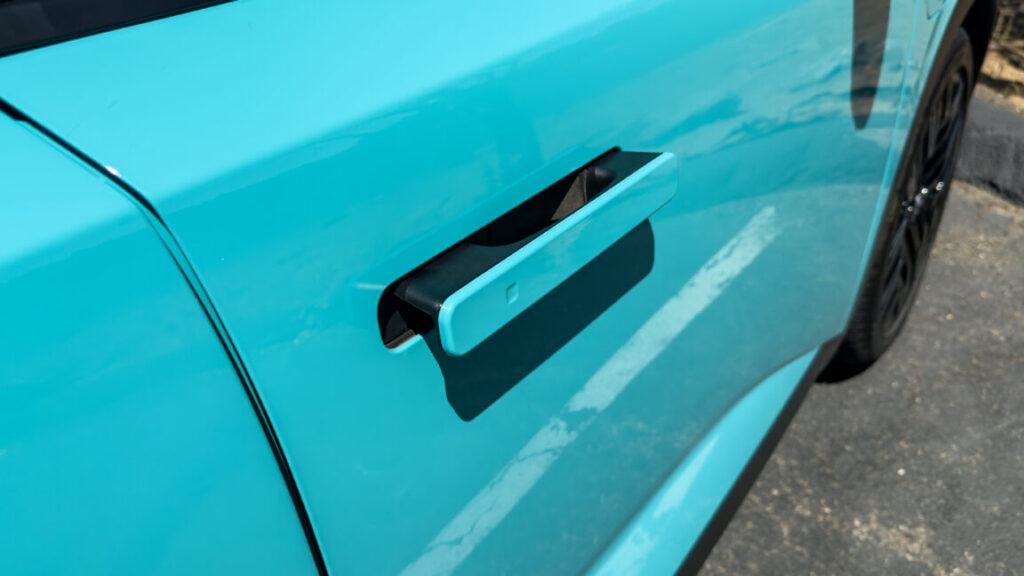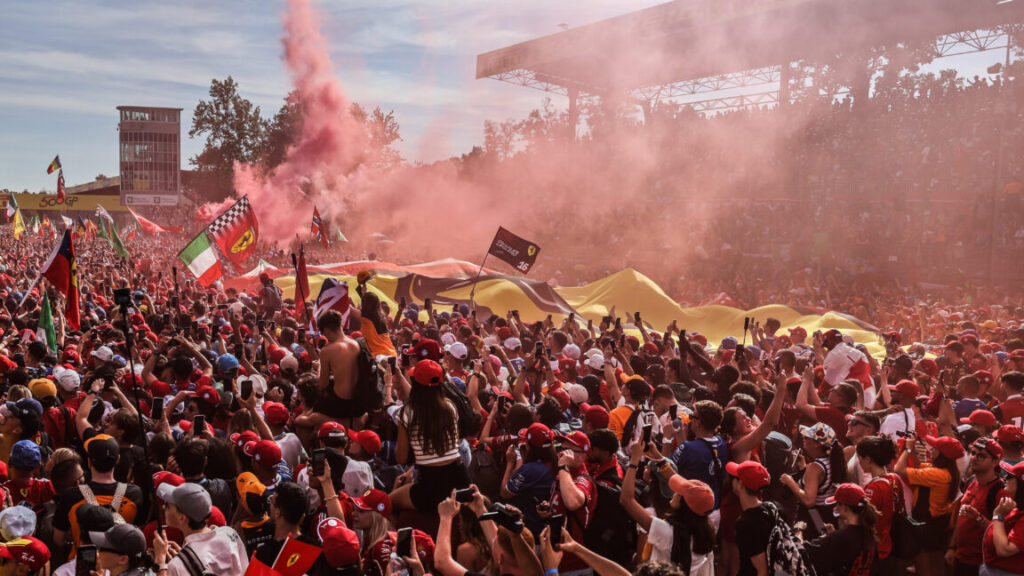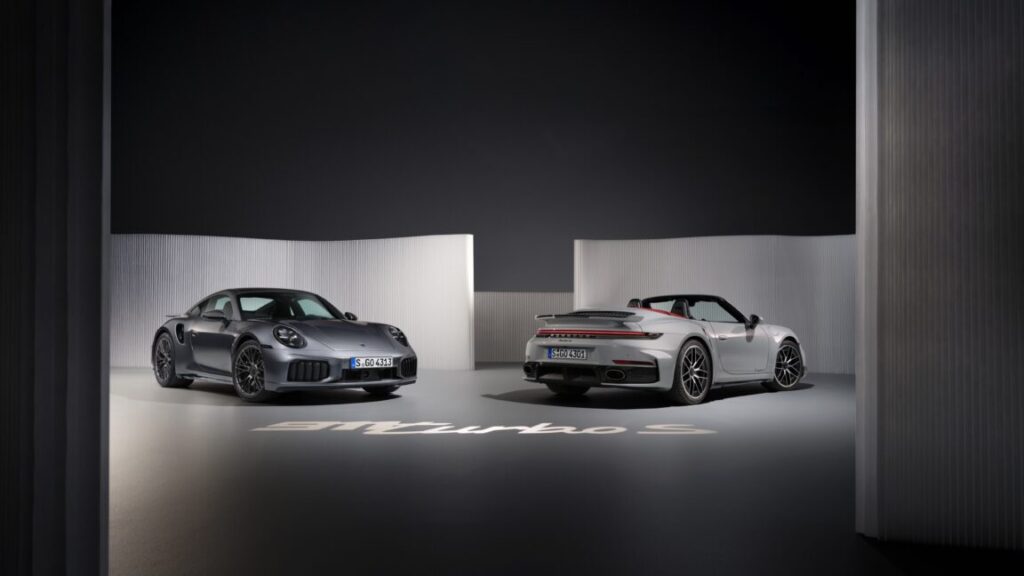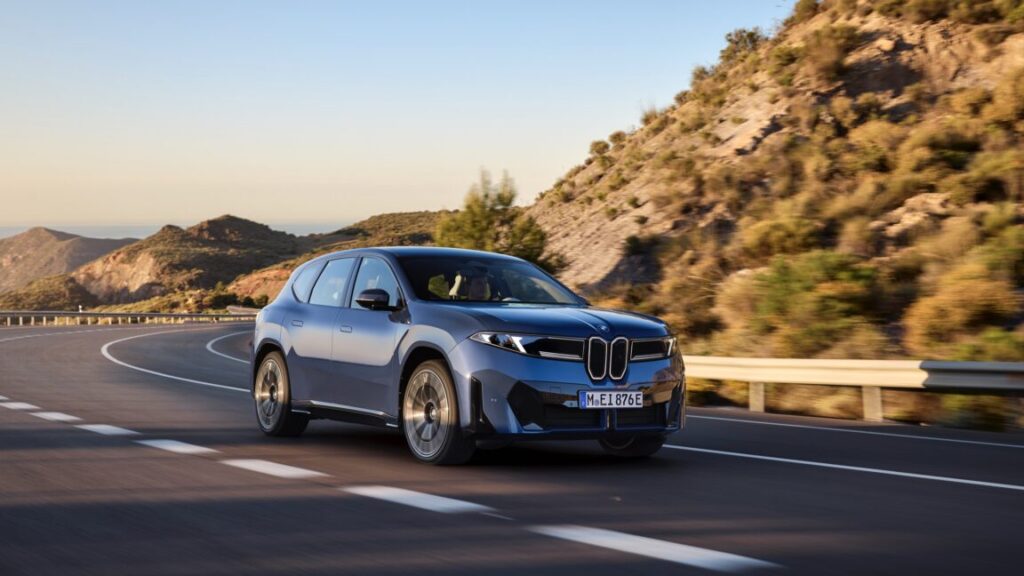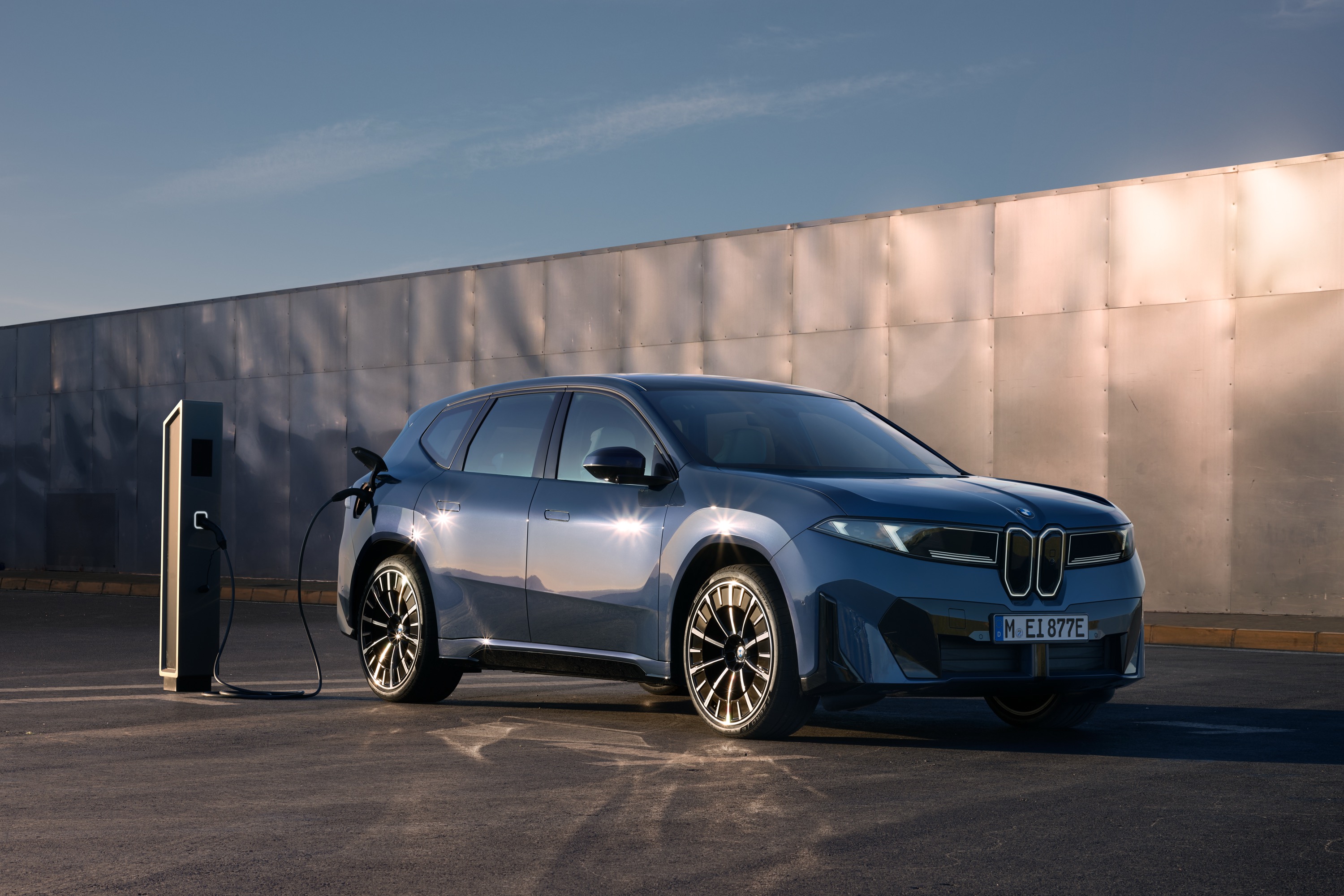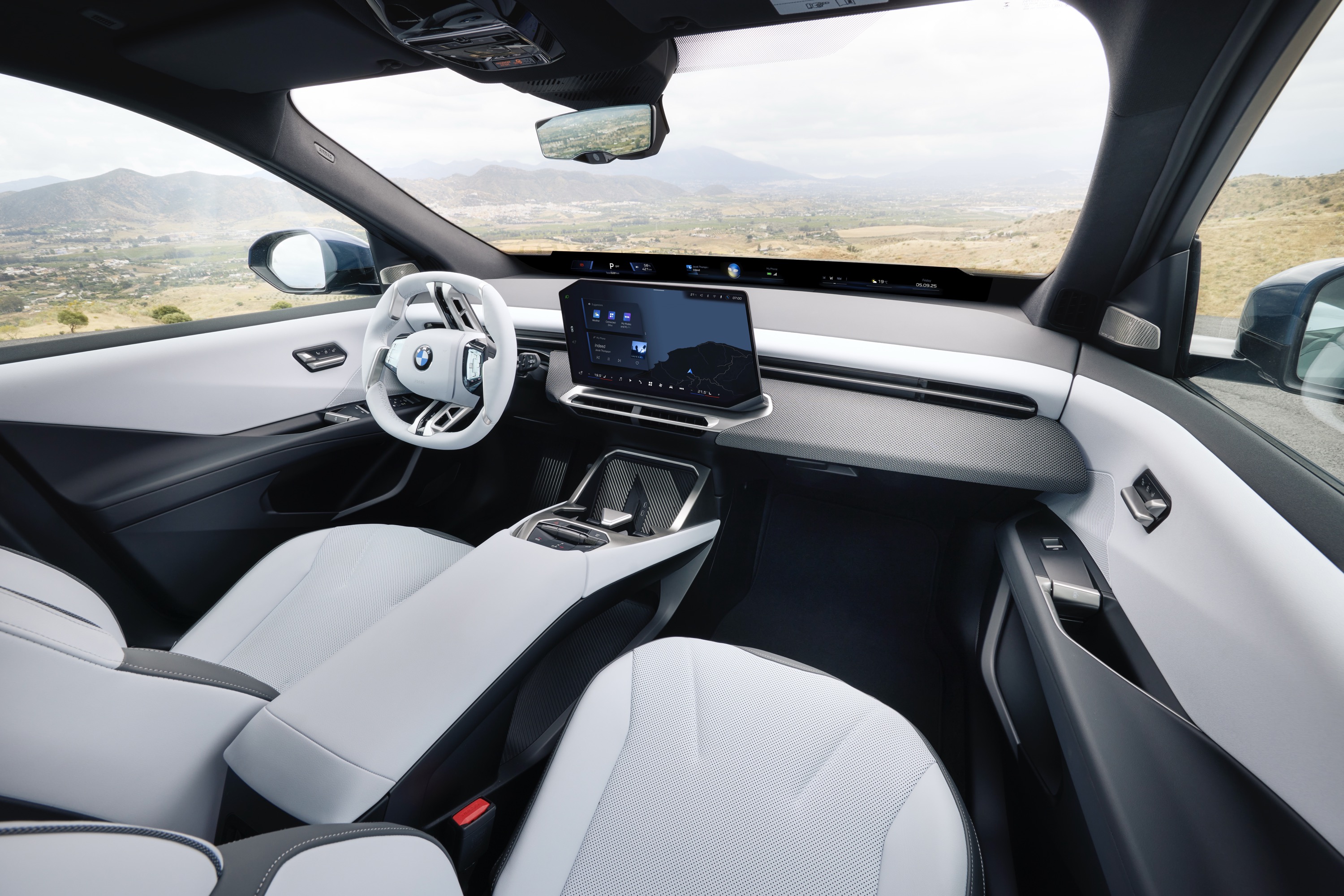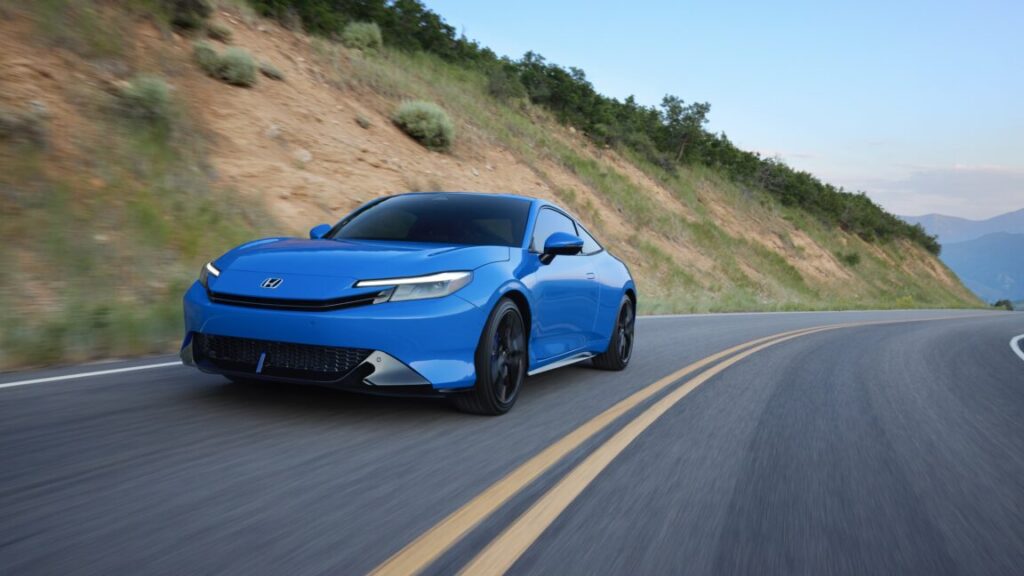Electric vehicle sales grew 25% worldwide but just 6% in North America
Here’s some good news for a Friday afternoon: For 2025 through August, global electric vehicle sales have grown by 25 percent compared to the same eight months in 2024, according to the analysts at Rho Motion. That amounts to 12.5 million EVs, although the data combines both battery EVs and plug-in hybrid EVs for the total.
However, that’s for global sales. In fact, EV adoption is moving even faster in Europe, which has grown by 31 percent so far this year (Rho says that BEV sales grew by 31 percent but PHEV sales by just 30 percent)—a total of 2.6 million plug-in vehicles. In some European countries, the increase has been even more impressive: up by 45 percent in Germany, 41 percent in Italy, and by 100 percent in Spain.
But despite a number of interesting new EVs from Renault and the various Stellantis-owned French automakers, EV sales in France are down by 6 percent so far, year on year.
Tesla has seen none of this sales growth in Europe, however—as we noted last month, this region’s Tesla sales collapsed by 40 percent in July.
China had bought an additional 7.6 million new EVs between January and August of this year, although this growth slowed in July and August, partially as a consequence of robust sales during those months in 2024 thanks to Chinese government policies. And as also noted last month, BYD recently saw a drop in profitability and has downgraded its sales target by 900,000 vehicles (down to 4.6 million) for this year.
Electric vehicle sales grew 25% worldwide but just 6% in North America Read More »
